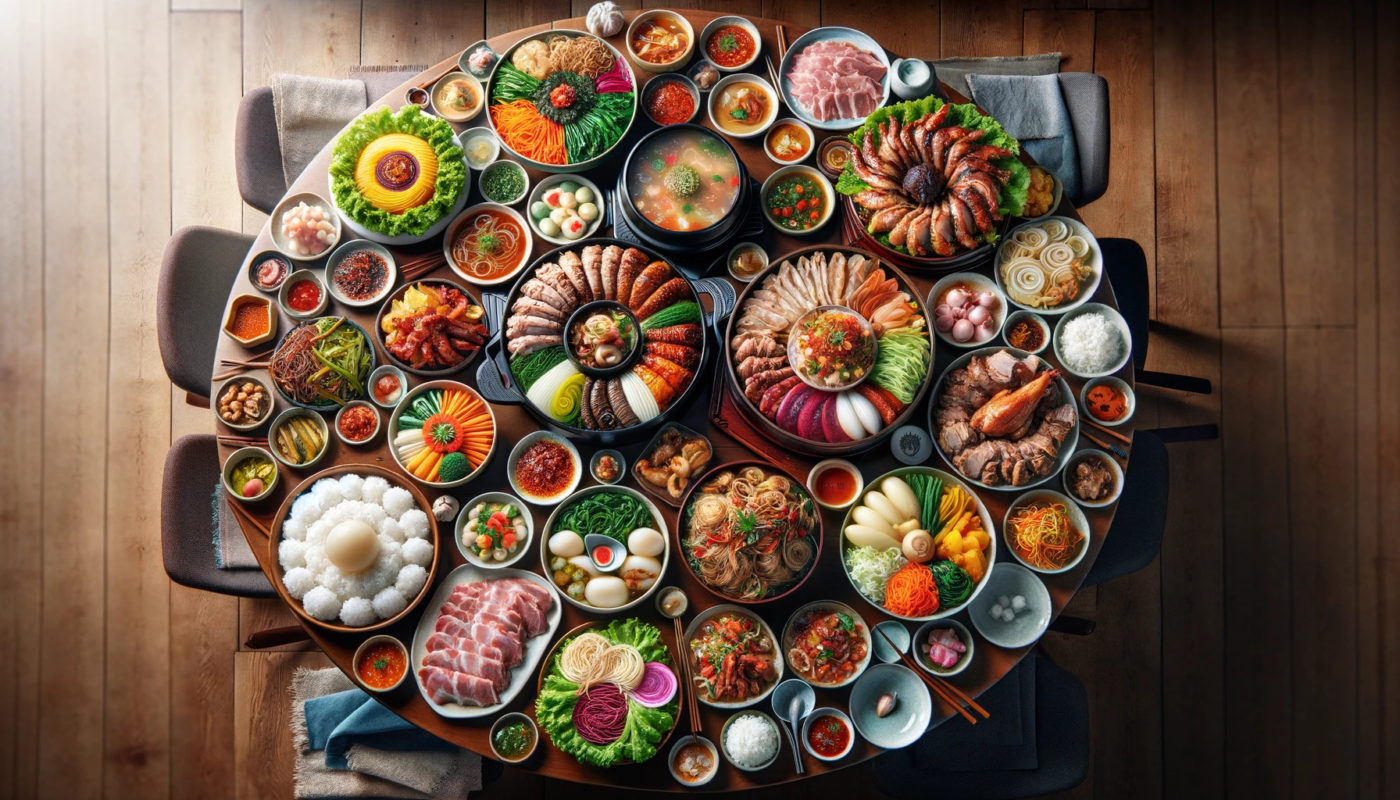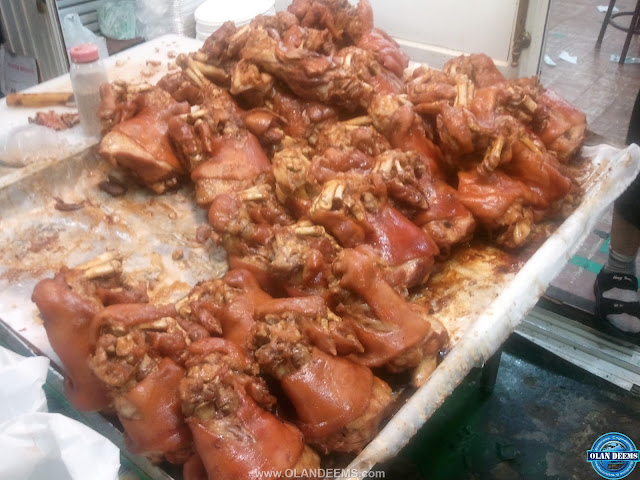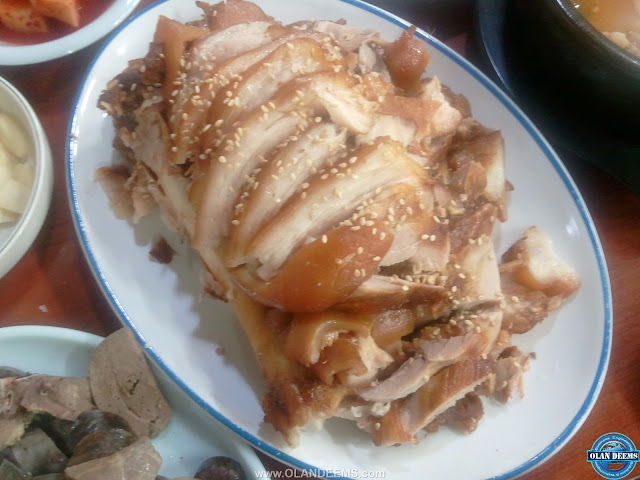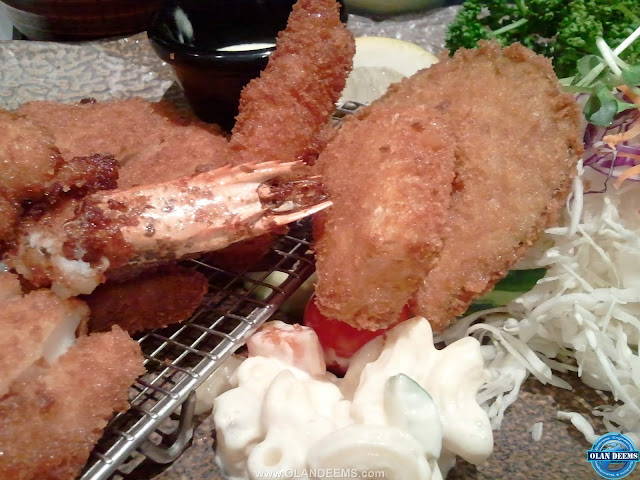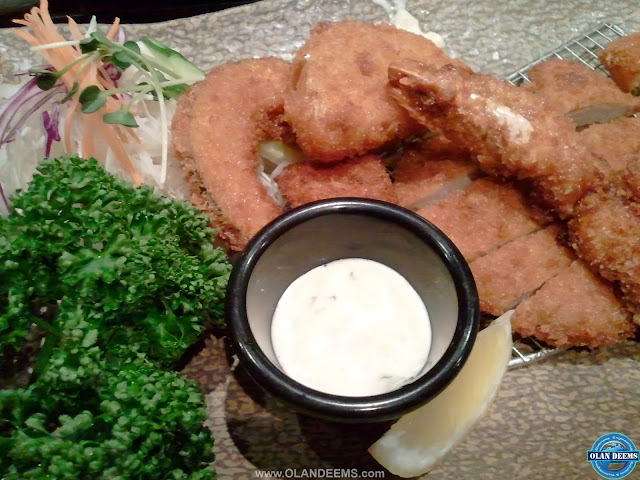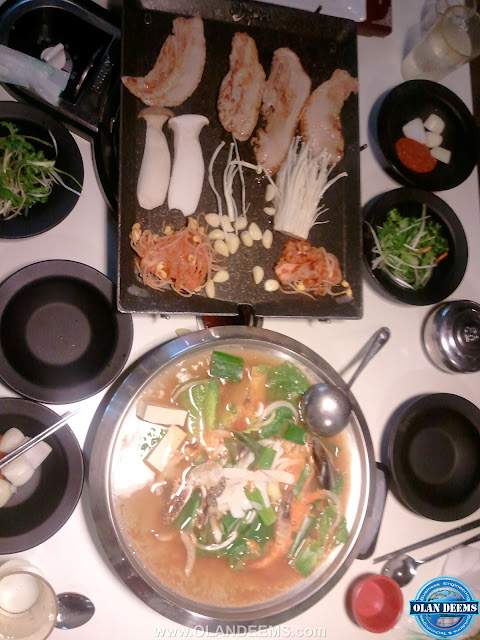A Personal Culinary Journey Through South Korea (Part 3)
My love affair with South Korean cuisine began somewhat unexpectedly during one of my vacations. I remember bringing home a batch of Kimchi (김치), the famous Korean dish made from salted and fermented vegetables, and to my surprise, my mom fell in love with it instantly. For me, however, the journey to appreciation took a little longer. A few days later, I found myself craving its unique taste—spicy, tangy, and loaded with flavors of gochugaru (chili powder), scallions, garlic, ginger, and jeotgal (salted seafood). It wasn’t long before kimchi became a permanent fixture on our dining table.
South Korea offers a plethora of activities for fun and leisure, but exploring its food scene remains one of my favorite hobbies. The array of dishes, from grilled meats and boiling stews to chilies and pickles, never ceases to amaze me. Here are some of my personal favorite dishes that I’ve come to love, and which I believe everyone should try at least once.
1) Jokbal (족발): A Savorous Journey Through Korean Culinary Tradition
- Jokbal (족발)
- Jokbal (족발)
- Jokbal (족발)
Jokbal, a beloved Korean dish, offers a sumptuous taste experience that centers around pig’s trotters, which are cooked and braised to perfection. This delicacy is not only a staple in Korean cuisine but also a popular choice for communal eating and special occasions, celebrated for its rich flavors and tender texture.
The preparation of Jokbal begins with the careful cleaning and preparation of pig’s trotters, which are then simmered in a flavorful marinade. The marinade, a rich blend of soy sauce, infuses the meat with a deep, savory umami. To this base, a variety of spices and ingredients are added, including ginger, garlic, and rice wine, which enhance the meat’s flavor and tenderize it. Additional elements like onion, leeks, cinnamon, and black pepper contribute layers of flavor, creating a complex and aromatic profile.
Jokbal is typically served sliced, allowing diners to appreciate the gelatinous textures and the succulent layers of meat and fat. It is often accompanied by side dishes such as saeujeot (fermented shrimp sauce) and kimchi, which offer a sharp contrast to the rich and savory flavors of the meat. Diners commonly wrap pieces of Jokbal in fresh greens, adding a crisp texture and a refreshing balance to each bite.
Beyond its delightful taste, Jokbal is also appreciated for its nutritional benefits, including collagen, which is thought to promote skin health and joint strength. This aspect makes Jokbal a favored dish among those who value both wellness and flavor in their culinary choices.
Jokbal’s popularity extends beyond the home and is a frequent feature in Korean restaurants, where it is enjoyed with soju or beer, making it a quintessential part of social gatherings. Its rich flavor and communal serving style make Jokbal a dish embodying the spirit of Korean dining, inviting friends and family to gather and share a nourishing and satisfying meal.
2) Tonkatsu (돈까스) & Saeutwigim (새우튀김): A Delightful Duo of Crispy Treats
- Tonkatsu (돈까스)
- Tonkatsu (돈까스)
In the world of crispy, deep-fried delicacies, Japan’s Tonkatsu and Korea’s Saeutwigim stand out as popular dishes that delight the palate with their crunch and flavor. These dishes, though originating from different culinary traditions, share a love for the satisfying texture and rich taste that come from expert deep-frying.
Tonkatsu, a beloved Japanese dish, features a thick slice of pork loin or tenderloin that is breaded with panko (Japanese breadcrumbs) and deep-fried until golden brown. The result is a crispy exterior that encases a juicy, tender interior. Traditionally served with a tangy tonkatsu sauce, which adds a sweet and savory depth, the dish is commonly accompanied by shredded cabbage, pickles, and a bowl of steaming rice. Over time, Tonkatsu has not only become a staple in Japanese cuisine but has also gained popularity worldwide, cherished for its simple yet satisfying flavors.
Saeutwigim, on the other hand, is a crispy Korean delight consisting of shrimp coated in a light batter and deep-fried to perfection. This dish highlights the sweetness of the shrimp, enhanced by the crunchy exterior. Saeutwigim is often enjoyed as an appetizer or a side dish, dipped in various sauces that can range from a simple salt and pepper mix to a sweet and spicy chili sauce. The contrast between the delicate shrimp and the crunchy batter makes Saeutwigim a favorite at Korean gatherings and a must-try for fans of seafood.
Both Tonkatsu and Saeutwigim are more than just food; they represent the art of deep-frying to achieve a perfect balance of textures and flavors. Whether enjoyed in a bustling Tokyo eatery or a cozy Seoul restaurant, these dishes offer a delicious experience that transcends cultural boundaries. Their universal appeal lies in the shared joy of biting into something crispy and savory, a culinary sensation that is truly timeless. Together, Tonkatsu and Saeutwigim provide a delightful introduction to the rich, diverse world of Asian fried foods.
3) Haemultang (해물탕): A Seafood Symphony in a Spicy Broth
- Haemultang (해물탕)
- Haemultang (해물탕)
Haemultang, or spicy seafood stew, is a vibrant and hearty dish beloved in Korean cuisine, known for its robust flavors and generous assortment of seafood. The name itself, 해물탕, where 해물 (haemul) means “seafood” and 탕 (tang) means “soup,” aptly describes this warm, spicy, and ocean-rich broth that brings together a variety of sea creatures, creating a feast not only for the palate but also for the eyes.
This traditional Korean stew is typically made with a mix of whatever seafood is freshest at the market that day. Commonly included are crab, shrimp, clams, mussels, octopus, and squid, all of which contribute their unique flavors and textures to the pot. The seafood is simmered in a deep, spicy broth seasoned with gochugaru (Korean chili flakes), gochujang (fermented chili paste), garlic, and ginger. These ingredients meld together to form a broth that is fiery, aromatic, and deeply satisfying.
Haemultang is often enjoyed as a communal meal, served boiling hot in a large pot placed at the center of the table, allowing diners to share directly from the communal vessel. It’s not just a meal; it’s an experience that involves lively conversation and the joy of eating together. The stew is typically accompanied by various side dishes, such as rice, kimchi, and other banchan, which complement the rich and spicy flavors of the seafood.
In addition to its delicious taste, Haemultang is also prized for its health benefits. The stew is packed with nutrients from the assorted seafood, making it a popular choice in Korean dining for its ability to nourish the body while delighting the taste buds.
Haemultang is a Korean-style Spicy seafood stew. So short! I can’t describe it further. 🙂
Each of these dishes tells a story of traditional Korean culture mixed with modern influences, creating a tapestry of tastes that keeps me coming back for more. Whether it’s the vibrant, pulsating flavors of kimchi or the subtle, smoky notes of grilled meats, the culinary landscape of South Korea is as diverse as it is delicious. This gastronomic journey is not just about feeding the stomach but also about nourishing the soul, and I am always eager to see where my next meal will take me.
[ Read more… ]

